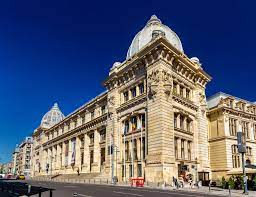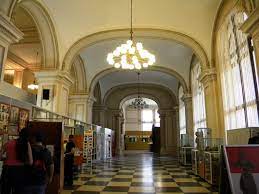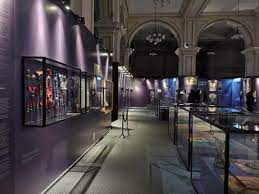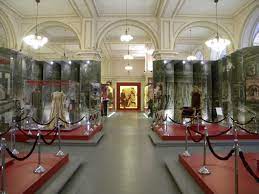Description
From: Bucharest, Museum
Adress: Calea Victoriei 12, București 030026
Housed in a buiding with an interesting past, the museum covers 8,000 m2 and features significant exhibits for the history of Romania.
The National History Museum of Romania, inaugurated in 1972, is one of the reprezentative institutions of Romanian culture. The museum is housed in a historic building-monument, formerly known as the Palace Post Office, located in the old Historical Center of Bucharest. The building was buit between 1894-1899, based on plans of the architect Alexandru Săvulescu (1847-1902), having as a source of inspiration Palace of the Federal Posts in Geneva.
Currently, due to the rehabilitation works of the building, the National Museum of History of Romania presents to the public the permanent exhibitions: Historical Treasury, Lapidarium and Copy of Traian’s Column, as well as temporary exhibitions, in the Central Hall. More than 3,000 sea pieces are exhibited in the Hall of the Historical Treasury value, made of metals and precious stones, belonging to some civilizations that have existed over time on the current territory of our country or illustrating historical events and personalities from past times. In a dedicated area, especially buit, are hosted a copy of Traian’s Column, an extraordinary monument of Antiquity and the Lapidarium exhibition displaying epigraphic and architectural monuments dating from the Antique period and the Middle Ages (civil monuments-documents, decrees, and honorary monuments, religious ones too-funerary and votive monuments, sculpture and decorative and architectural elements).




